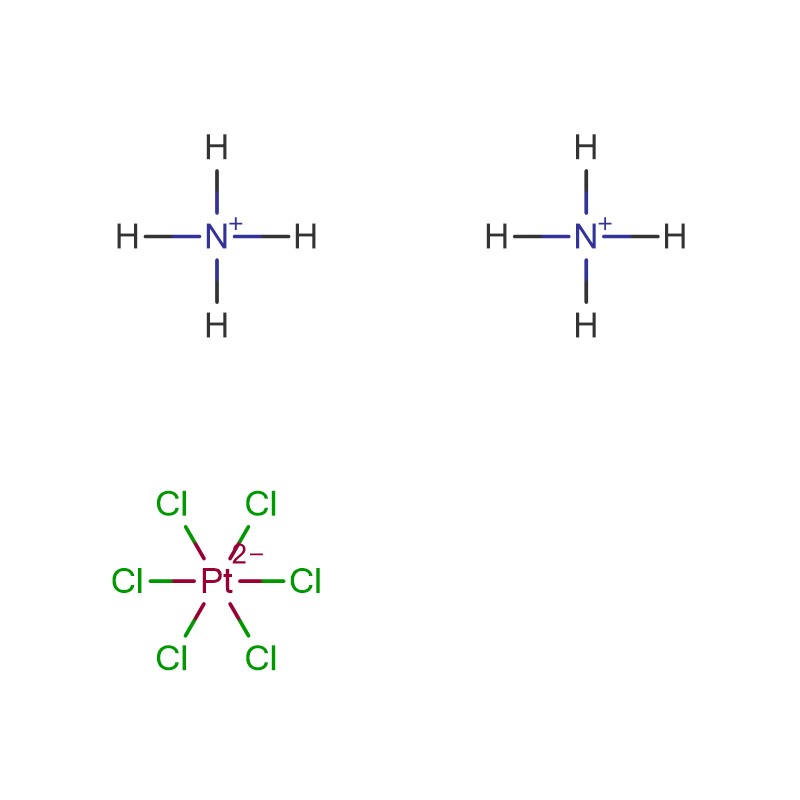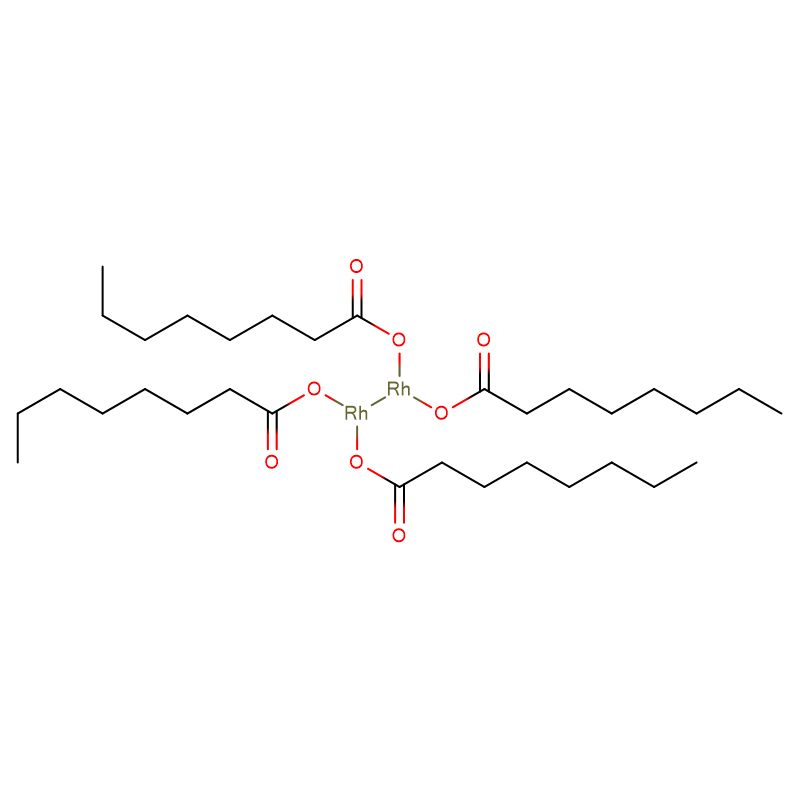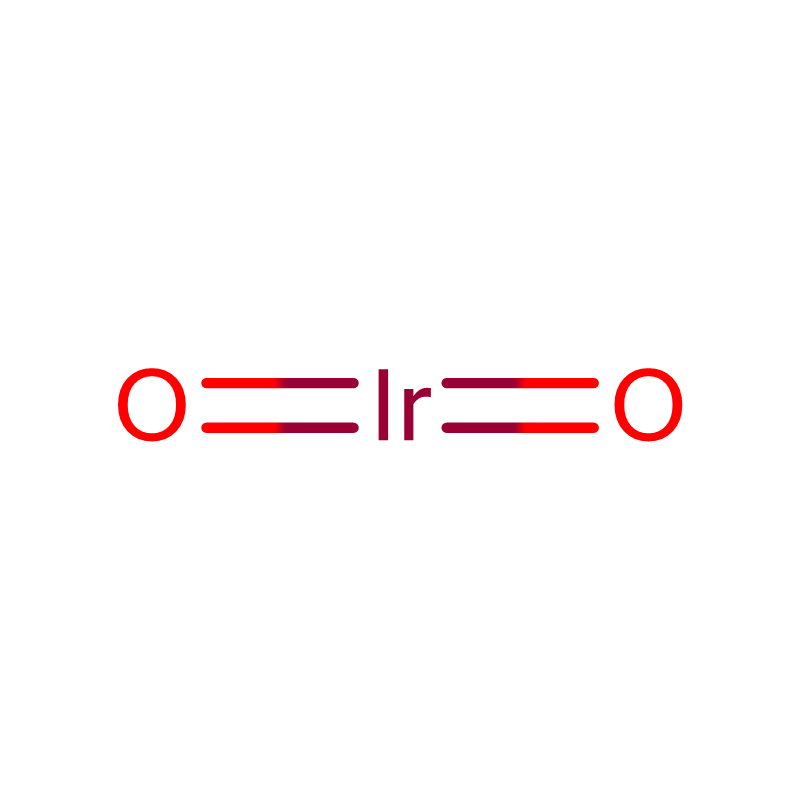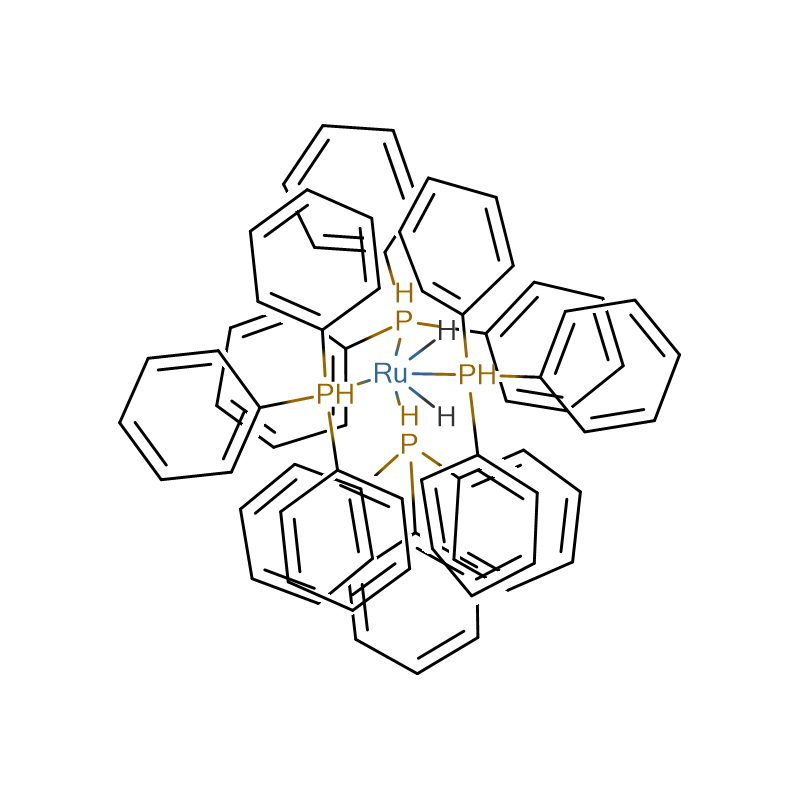Ammonium chloroplatinate Cas:16919-58-7 Yellow Powder
| Catalog Number | XD90692 |
| Product Name | Ammonium chloroplatinate |
|
CAS |
16919-58-7 |
|
Molecular Formula |
Cl6Pt.2H4N |
|
Molecular Weight |
443.88 |
| Storage Details | 2-8°C |
Product Specification
| Appearance | Yellow Powder |
| Assay | 99% |
Three groups of adult male cynomolgus monkeys (Macaca fascicularis) were exposed to either 200 micrograms/m3 ammonium hexachloroplatinate [(NH4)2PtCl6], 200 micrograms (NH4)2PtCl6 concurrently with 1 ppm ozone (O3), or to 1 ppm O3 only. The animals were exposed by inhalation for 6 h per day, 5 days per week for 12 wk. The experimental design included methacholine preexposure and Na2PtCl6 bronchoprovocation challenge evaluations, Na2PtCl6 threshold skin tests, and sera for analyses of antibodies. Two weeks after the 12-wk exposures, these same indices were reevaluated. Baseline pulmonary function was not significantly affected by the exposure regimens; however, the combination of exposure to O3 and (NH4)2PtCl6 significantly reduced the concentration of platinum (Pt) salt and methacholine necessary to increase average pulmonary flow resistance (RL) 200% (EC200 RL). Ozone or Pt exposure alone had no significant effect on these parameters. Platinum and methacholine EC200 RL values were highly correlated for both Pt-exposed groups after exposure. These data indicated that combined O3 and Pt exposure significantly increased specific (Pt) and nonspecific (methacholine) bronchial hyperreactivity more often than did exposure to either O3 or the Pt salt alone. Combined O3 plus Pt exposure also significantly increases the incidence of positive Pt skin tests when compared with the other exposure groups. Similar to the human experience, radioallergosorbent testing (RAST) for Pt-specific antibodies was not as sensitive as direct skin testing in identifying allergic persons.








